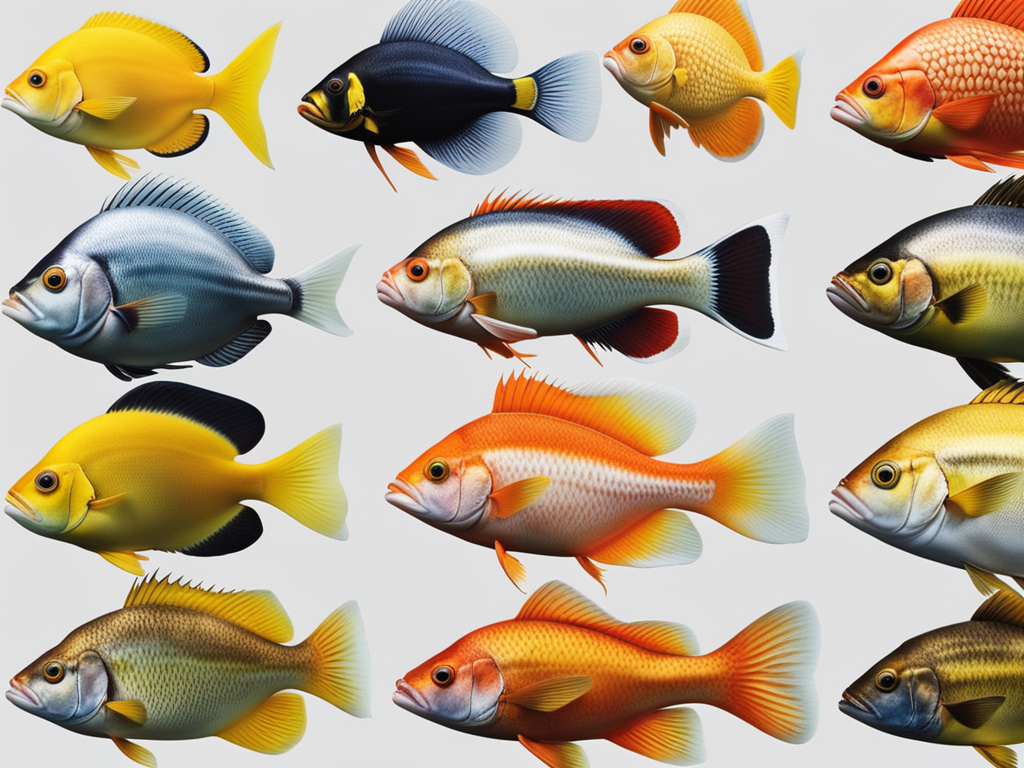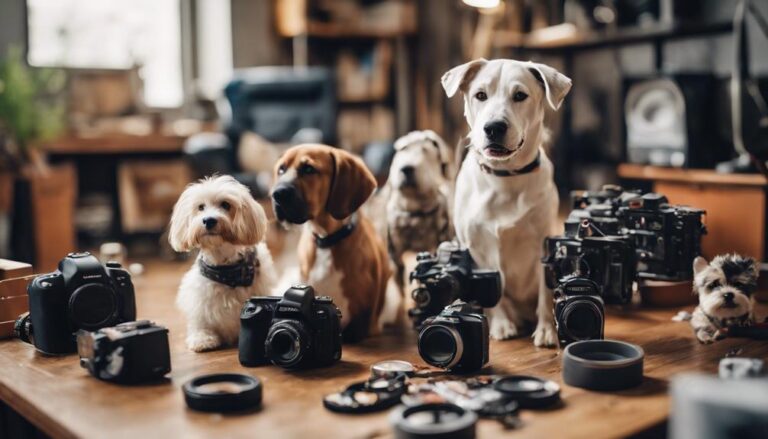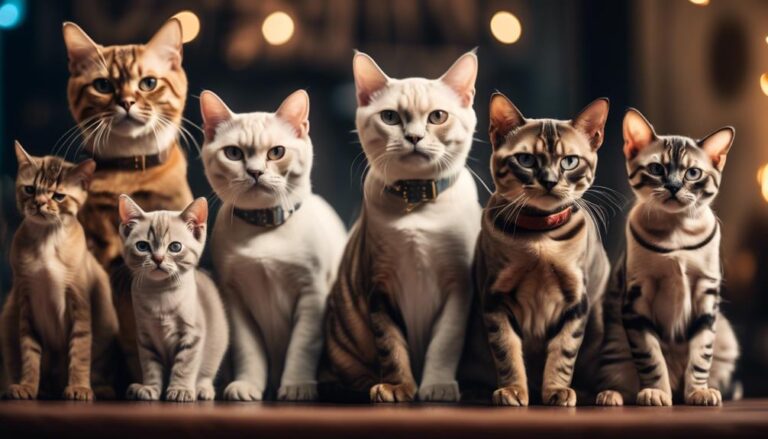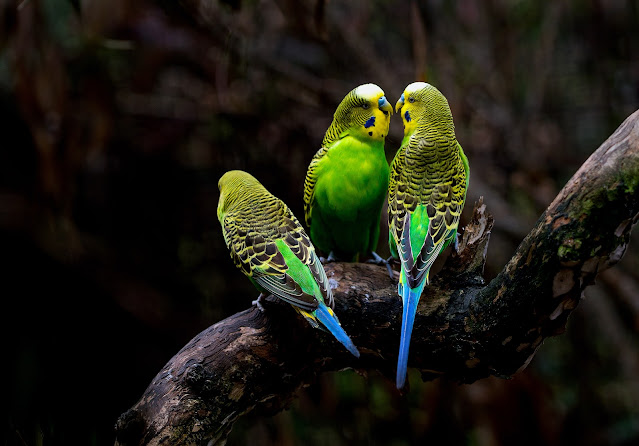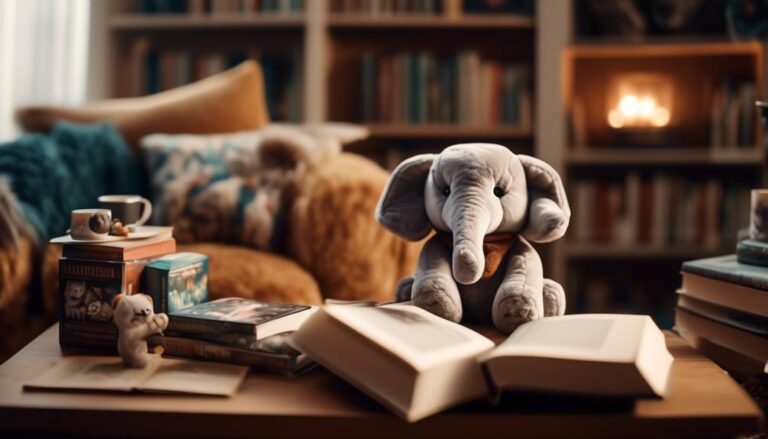Are you longing for the tranquil beauty of an underwater world, but don’t have the space for a big fish tank? Look no further! There are fish breeds that can thrive in small bowls, bringing a touch of serenity to any space. These fish breeds symbolize resilience and adaptability, proving that size doesn’t always determine their ability to flourish. Betta Fish, with their vibrant colors and flowing fins, are a popular choice. The White Cloud Mountain Minnow, Dwarf Gourami, Ember Tetra, Endler’s Livebearer, Scarlet Badis, and Pygmy Corydoras are also excellent options. So, if you’re ready to create your own little aquatic haven, keep reading to discover the perfect fish breed for your bowl!
Betta Fish
You can keep Betta fish in bowls. However, it is important to understand the pros and cons of this practice and how to properly care for these beautiful creatures in a bowl environment. Betta fish, also known as Siamese fighting fish, are popular pets due to their vibrant colors and long fins. They are able to survive in small spaces like bowls because they have a specialized labyrinth organ that allows them to breathe atmospheric oxygen.
One advantage of keeping Betta fish in bowls is that they require minimal space. This makes them a suitable choice for individuals with limited living quarters or those who prefer a low-maintenance pet. Additionally, Betta fish are solitary creatures and do not require the company of other fish, so they can thrive in a bowl without any tank mates.
However, there are several important considerations to keep in mind when caring for Betta fish in bowls. Firstly, the bowl should be at least 2.5 gallons in size to provide ample swimming space for the fish. It should also be equipped with a heater to maintain a stable water temperature between 78-82°F. Regular water changes are crucial to prevent the build-up of harmful toxins such as ammonia and nitrites. A water conditioner should be used to remove chlorine and chloramines from tap water before adding it to the bowl.
Feeding Betta fish in bowls requires careful attention as well. They should be fed a varied diet of high-quality Betta pellets, frozen or live foods, and occasional treats like bloodworms or brine shrimp. Overfeeding should be avoided, as it can lead to obesity and health issues.
White Cloud Mountain Minnow
The next fish breed that can thrive in a bowl is the White Cloud Mountain Minnow, a small and colorful species. Native to the rivers and streams of China, these fish are known for their hardiness and adaptability to various water conditions. White Cloud Mountain Minnows are a popular choice for aquarium enthusiasts due to their peaceful nature and striking appearance.
When it comes to fish care, providing the right tank setup is crucial. For White Cloud Mountain Minnows, a 5-gallon bowl or larger is recommended to ensure they have enough space to swim and explore. It is important to mimic their natural habitat by including plants, rocks, and driftwood. These additions not only provide hiding spots but also help maintain water quality by creating a natural biological filtration system.
In terms of water parameters, White Cloud Mountain Minnows prefer slightly cooler water temperatures ranging from 64 to 72 degrees Fahrenheit. They can tolerate a wide range of pH levels, but it is best to keep it between 6.0 and 8.0. Regular water changes of around 25% every two weeks are necessary to maintain water quality and prevent the buildup of harmful toxins.
Feeding White Cloud Mountain Minnows is relatively easy as they are omnivorous. They can be fed a diet consisting of high-quality flakes or pellets, supplemented with live or frozen foods such as brine shrimp or daphnia. It is important not to overfeed them as it can lead to health problems and poor water quality.
Dwarf Gourami
Another breed that can thrive in a bowl is the Dwarf Gourami, a colorful and vibrant fish. Dwarf Gouramis, scientifically known as Trichogaster lalius, are small freshwater fish native to South Asia. They are a popular choice among aquarium enthusiasts due to their striking colors and peaceful nature.
When it comes to tank mates, Dwarf Gouramis are generally compatible with other peaceful fish species. However, it is essential to choose tank mates that share similar water conditions and temperament. Some suitable companions for Dwarf Gouramis include small tetras, rasboras, and peaceful catfish. Avoid aggressive or fin-nipping fish as they may stress or harm the Dwarf Gourami.
To ensure the well-being of your Dwarf Gourami, it is crucial to maintain the right water conditions. They thrive in slightly acidic to neutral water with a pH range of 6.0 to 7.5. The water temperature should be kept between 77°F and 82°F (25°C to 28°C). Providing a well-filtered tank with regular water changes is essential for their health.
Feeding habits and dietary requirements of Dwarf Gouramis are relatively straightforward. They are omnivorous, meaning they consume both plant matter and small aquatic organisms. A balanced diet can be achieved by feeding them a combination of high-quality flakes or pellets and live or frozen foods such as brine shrimp or bloodworms. It is important to avoid overfeeding, as this can lead to health issues and water quality problems.
Ember Tetra
The Ember Tetra is a vibrant and small fish breed that can thrive in bowls. When it comes to setting up a tank for ember tetras, it is important to consider their specific water requirements. These fish prefer soft and slightly acidic water, with a pH level between 6.0 and 7.0. It is recommended to use a sponge filter or a gentle filtration system to mimic the natural conditions of their native habitats.
In terms of tank size, a bowl with a capacity of at least 5 gallons is suitable for a small group of ember tetras. The bowl should be equipped with a heater to maintain a stable water temperature between 72°F and 82°F. It is also important to provide hiding places, such as plants or ornaments, to create a sense of security for the fish.
Breeding ember tetras in a bowl environment can be challenging but not impossible. To encourage breeding, the water temperature should be raised to around 80°F. Adding some floating plants, such as Java moss or Amazon frogbit, can provide spawning sites for the tetras. Once the female lays her eggs, it is crucial to remove the adults from the breeding tank to prevent them from eating the eggs.
Raising the fry in a bowl can be tricky due to limited space and water volume. Providing frequent water changes and feeding them with small-sized food particles, such as baby brine shrimp or crushed flakes, are essential for their growth and development.
Endler’s Livebearer
Consider adding Endler’s Livebearer to your bowl aquarium for a lively and colorful addition. Endler’s Livebearer, also known as Poecilia wingei, is a small tropical fish that is native to Venezuela. It is a popular choice for aquarium enthusiasts due to its vibrant colors and interesting breeding habits. Here are three important things to know about Endler’s Livebearer for your bowl aquarium:
- Breeding Habits: Endler’s Livebearer is known for its prolific breeding habits. The females give birth to live young, rather than laying eggs. They are capable of reproducing at a young age, and a single female can produce multiple batches of fry in a month. It is important to provide ample hiding places in the aquarium for the fry to seek shelter from adult fish.
- Tank Requirements: While Endler’s Livebearer can survive in a bowl aquarium, it is essential to provide them with a suitable environment. The ideal tank size for a small group of Endler’s Livebearer is at least 10 gallons. The water temperature should be maintained between 72 to 82 degrees Fahrenheit, with a pH level ranging from 6.5 to 8.0. It is important to regularly monitor the water parameters and perform regular water changes to ensure a healthy environment for the fish.
- Compatibility: Endler’s Livebearer is generally peaceful and can coexist with other peaceful fish species in a community aquarium. However, it is important to avoid keeping them with larger, aggressive fish that may pose a threat to their small size. Additionally, keeping a ratio of one male to two or three females helps to prevent males from incessantly pursuing females.
Scarlet Badis
If you want a unique and captivating addition to your bowl aquarium, try adding a few Scarlet Badis. These small, colorful fish are native to the slow-moving waters of India, Bangladesh, and Myanmar. Scarlet Badis, also known as Dario dario, are a species of freshwater fish belonging to the family Badidae. They are highly sought after by aquarium enthusiasts due to their vibrant colors and interesting behavior.
Breeding habits of Scarlet Badis are quite fascinating. In the wild, they prefer to spawn in the dense vegetation found in their native habitats. However, in a bowl aquarium, providing them with suitable breeding conditions can be a bit challenging. It is recommended to have a separate breeding tank with plenty of live plants, such as Java moss or Indian fern, where the female can deposit her eggs. The water temperature should be around 78-82°F, and the pH level should be slightly acidic. The male Scarlet Badis will then fertilize the eggs and guard the nest until the fry hatch.
When it comes to ideal tank conditions, Scarlet Badis require a well-maintained aquarium with a minimum capacity of 5 gallons. The water should be clean and free of ammonia, nitrites, and nitrates. It is important to provide them with hiding places, such as caves or dense vegetation, as these fish are shy and territorial. The temperature of the water should be kept between 72-78°F, and the pH level should be slightly acidic to neutral.
Pygmy Corydoras
To successfully care for Pygmy Corydoras in a bowl aquarium, you need to know the right conditions and requirements. These small South American catfish are a popular choice for compact setups due to their peaceful nature and small size. Here are three key factors to consider when setting up a tank for pygmy corydoras:
- Tank Size: While pygmy corydoras are small, they still require adequate space to thrive. A tank with a minimum capacity of 10 gallons is recommended to provide enough swimming room and to accommodate a small group of these social fish. Keep in mind that a larger tank will provide a more stable environment and allow for better water quality.
- Substrate and Decorations: Pygmy corydoras are bottom-dwellers, so it’s important to provide them with a soft substrate like sand or fine gravel. Avoid sharp or coarse substrates that may injure their delicate barbels. Additionally, provide plenty of hiding spots such as caves, plants, and driftwood to mimic their natural environment and make them feel secure.
- Water Conditions: Pygmy corydoras prefer slightly acidic to neutral water with a pH range of 6.0 to 7.5. The water temperature should be maintained between 72°F and 78°F (22°C-26°C). It’s crucial to keep the water clean and well-filtered by performing regular water changes and monitoring the ammonia, nitrite, and nitrate levels to ensure optimal conditions for breeding.
Breeding pygmy corydoras can be a rewarding experience. To encourage breeding behavior, provide a varied diet consisting of high-quality flake food, frozen or live foods such as brine shrimp or daphnia. Adding a spawning mop or fine-leaved plants like java moss can also provide a suitable surface for the female to deposit her eggs.
Frequently Asked Questions
Can I Keep Multiple Betta Fish Together in the Same Bowl?
You should not keep multiple betta fish together in the same bowl. It is not recommended as they are territorial and can become aggressive towards each other, causing stress and potential harm.
How Often Should I Change the Water in a Bowl With White Cloud Mountain Minnows?
To properly care for white cloud mountain minnows in a bowl, it is recommended to change the water every week. Additionally, feed them small, frequent meals of high-quality fish food. Avoid keeping them with aggressive tank mates.
Are Dwarf Gouramis Suitable for Beginners?
Dwarf gouramis are suitable for beginners due to their hardiness and adaptability. To set up a tank, provide plenty of hiding spots and live plants. Feed them a balanced diet of high-quality fish food for optimal health.
Can Ember Tetras Survive in Room Temperature Water?
Ember tetras are tropical fish that prefer warmer water temperatures. They thrive in temperatures between 72-82°F. It is important to provide them with suitable tank mates like small peaceful fish to ensure their well-being.
Do Scarlet Badis Require a Heater in Their Bowl?
Scarlet badis, like other tropical fish, require a heater in their bowl to maintain a stable water temperature. The pros of using a heater include preventing stress and promoting good health. Tips for maintaining water temperature include using a thermometer and adjusting the heater accordingly.
Conclusion
In conclusion, there are several fish breeds that can thrive in bowls when provided with appropriate care. Betta Fish, White Cloud Mountain Minnow, Dwarf Gourami, Ember Tetra, Endler’s Livebearer, Scarlet Badis, and Pygmy Corydoras are all suitable options for bowl habitats. It is important to remember that even though these breeds can survive in bowls, they still require proper maintenance, water quality, and regular feeding. Providing a suitable environment for these fish will ensure their health and well-being.

